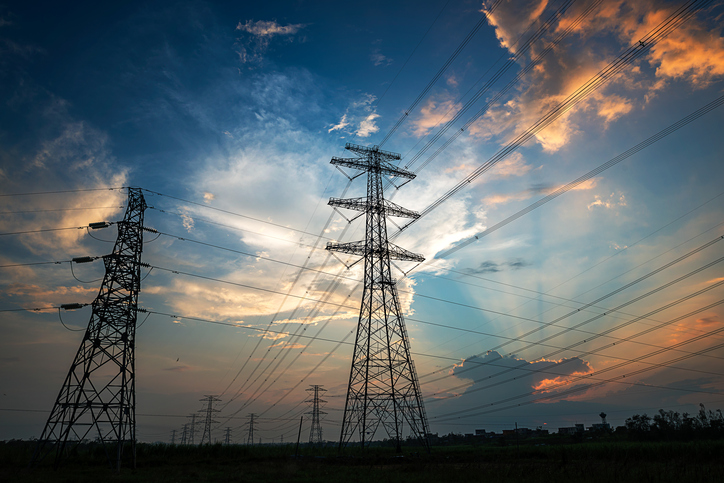
Solar power contributed 17% of total renewable energy generation in Q3 2017 totalling 3.2TWh, according to the latest report from energy monitoring firm EnAppSys.
More than half (52%) of Britain’s power was generated from clean sources – counting both nuclear and renewables – for a second successive quarter this year.
The impact of solar generation on the market was however restricted by seasonal limited hours of output, despite growth levels in recent years.
Solar’s contribution has continued to rise but further potential growth could be inhibited without deployment supported by the government, with the premature closure of the Renewables Obligation and solar’s continued barring from CfDs closing the door on new deployment.
Paul Verrill, director at EnAppSys, said the lack of government support could potentially slow it down.
“There are indications that you need to be up to the 50MW size to get the economies of scale to be subsidy-free,” said Verrill .
Renewables in total generated 18.8TWh throughout the quarter which proved lower than the previous quarter, but higher than the 16.9TWh produced by nuclear in the same time.
Gas remains the principal source of fuel despite indications suggesting that the source in many European countries is momentarily in decline.
But gas generation also showed contractions in Q3 as gas fired power stations produced 2.7TWh less electricity than in the previous quarter.
Gas generated 37.3% of the total market production, taking the total fossil fuel generation to 41%. In stark comparison, three-quarters of the UK power mix generated in 2010 was from fossil fuel sources.
Coal fired plants made up only 2.8% of total generation in the Q3, but could rise in the near future against a backdrop of climbing gas prices that could allow more coal back onto the market.
Verrill expects something of a return to coal. “Coal is a less seasonal product, so its price is pretty flat throughout the year. Usually in the UK we burn more coal in the winter and more gas in the summer.”
“Our grid carbon intensity will increase in the winter because we switch to coal as opposed to high expensive gas which has a big seasonal price,” he added.
